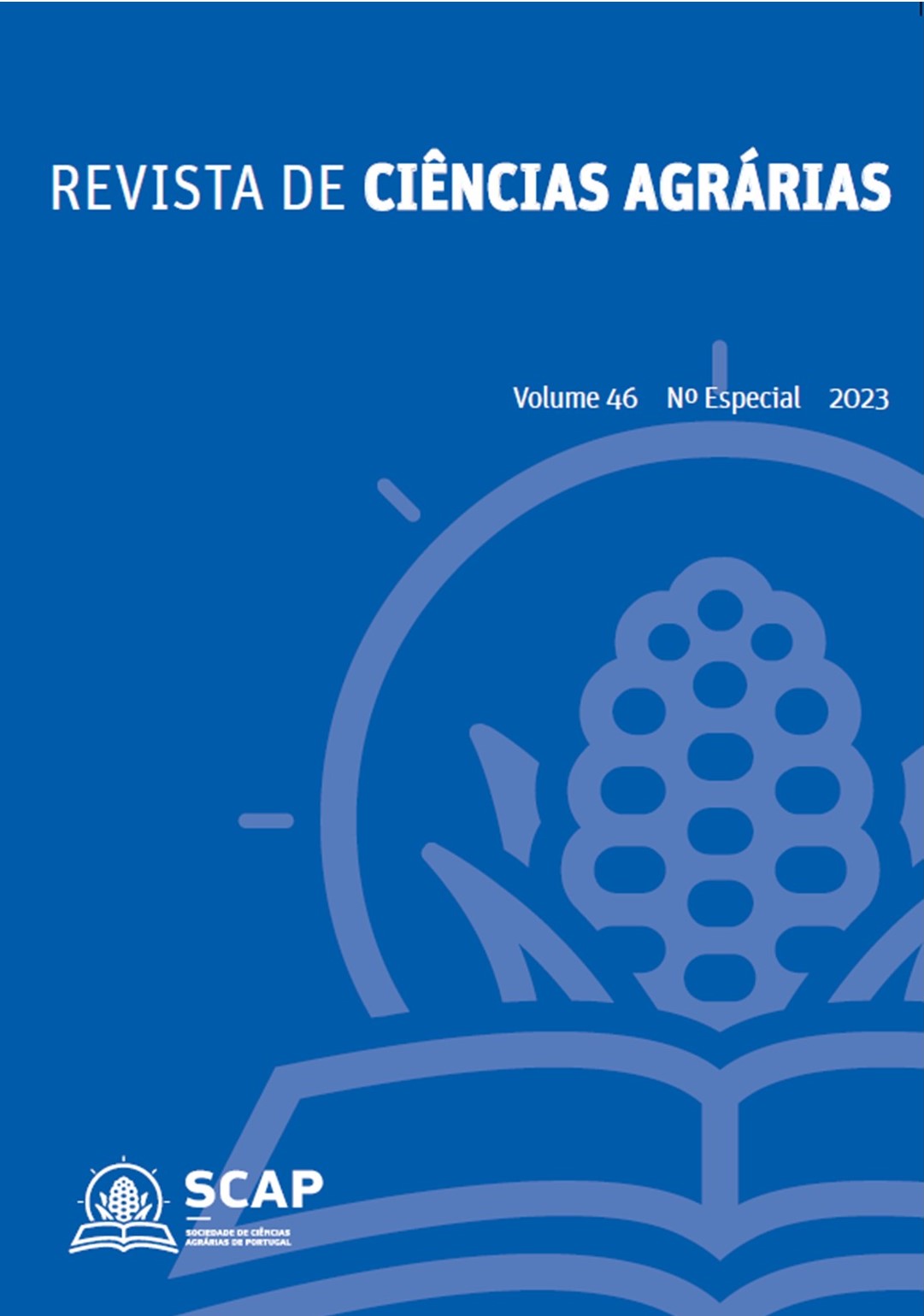Qualidade do solo num sistema agroflorestal submetidos a diferentes tipos de gestão
DOI:
https://doi.org/10.19084/rca.33928Resumen
Os sistemas agroflorestais (SAFs) consistem na combinação de espécies arbóreas e produções agrícolas e/ou animal, buscando a otimização do espaço e a pluralidade produtiva. O objetivo deste estudo foi avaliar dois indicadores físicos de qualidade do solo, sendo, humidade e resistência mecânica do solo à penetração (RP), em uma área gerida e não gerida de um SAF, localizado no sudoeste do Paraná, Brasil. O tipo predominante de solos na região são Latossolo e Nitossolo, com alto teor de argila. Para a determinação do teor de humidade a colheita das amostras de solo foi estratificada nas camadas de 0-5, 5-10, 10-20 e 20-40 cm e, com o penetrómetro digital determinou-se a resistência do solo à penetração, efetuando-se leituras a cada 5 cm até a profundidade de 60 cm. A humidade não apresentou diferenças significativas entre as áreas, ambas estando próximo dos 22%, assim como em profundidade. Em relação à RP ao longo do perfil, as camadas superficiais (0-30 cm) apresentaram diferença significativa entre as áreas, sendo até os 20 cm maior RP para área não gerida, enquanto dos 20-30 cm houve maior resistência para a área com gestão. Contudo nas camadas mais profundas (31- 60 cm) não houve diferença significativa entre as áreas.


